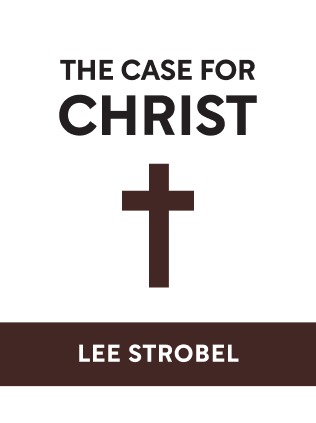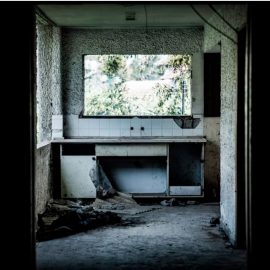

This article is an excerpt from the Shortform summary of "The Case for Christ" by Lee Strobel. Shortform has the world's best summaries of books you should be reading.
Like this article? Sign up for a free trial here .
Who is Dr. J.P. Moreland? How did he help Lee Strobel come to terms with his own faith and newfound Christianity?
Dr. J.P. Moreland helped The Case for Christ author Lee Strobel see that through uncovering evidence, he too had become a believer. J.P. Moreland also helped Strobel use the experiential test.
Keep reading to find out more about Dr. J.P. Moreland and the experiential test.
Finding Evidence With Dr. J.P. Moreland
Through his discussions with Drs. Craig and Habermas, Strobel has grounded both the empty tomb and Jesus’s subsequent appearance in solid evidence—which is to say, he’s grounded the Resurrection in evidence.
But let’s say for the sake of argument that the accounts in the gospels and in Acts and Corinthians aren’t true. Is there circumstantial evidence—that is, evidence ancillary to the various narratives of the Resurrection themselves—that supports the truth of the Resurrection?
To answer this question, Strobel visits J.P. Moreland, a professor at the Talbot School of Theology. A chemist and philosopher by training, Moreland has published widely in scholarly journals on topics in theology and philosophy, and he’s written a number of books, including Christianity and the Nature of Science, The Life and Death Debate, and Love Your God with All Your Mind.
The Experiential Test
The five categories of evidence described above are highly persuasive, but they need to be supplemented with one final proof: a personal experience of God.
For Dr. J.P. Moreland, this happened when he was a chemistry student in 1968. Skeptical of the story of Jesus, he examined the evidence and eventually became convinced of the truth of the Resurrection. But in order to know for certain that Jesus rose from the dead, he had to receive Christ as his savior and teacher and open himself to a relationship with him.
Since becoming a believer, Moreland has had experiences that simply can’t be explained naturally. The circumstantial evidence is more than convincing, but his personal experience of a divine Christ closes the case.

———End of Preview———
Like what you just read? Read the rest of the world's best summary of Lee Strobel's "The Case for Christ" at Shortform .
Here's what you'll find in our full The Case for Christ summary :
- How an atheist lawyer-journalist researched Christ and began believing
- The key arguments against the existence of Christ, and why they don't hold up
- How to make up your own mind about whether Christ existed






